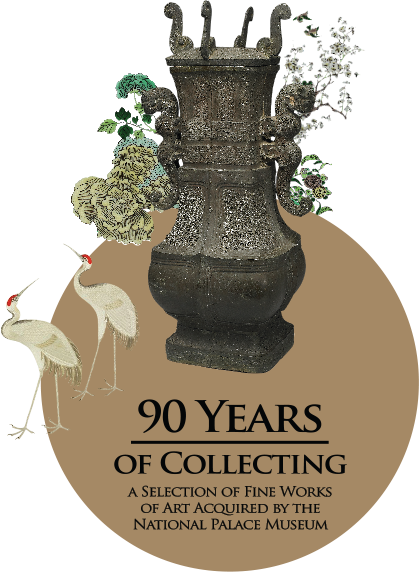The quality and the quantity of a museum's collections define its uniqueness.
While the core of the National Palace Museum's collection comprises the cultural relics assembled by the imperial court of the Qing dynasty, it has continued to infuse new vitality and value by enriching both the quantity and the content of its holdings since its inauguration in 1925, which have made the institution one of the world's top-notched museums. In celebration of the 90th anniversary of the Museum's founding, this exhibition is organized to present important antiquities, paintings, and calligraphic works, as well as rare books and historical documents acquired over the years. Highlighted in the exhibition are objects from the Qing court that were once scattered around the world, as well as new additions that reflect the objectives of the Museum's enterprise of collection building at different stages. At the same time, we are grateful for the generosity of the collector-donors whose gracious contributions have filled the lacunae in the Museum's holdings. It is even more opportune that we occasionally come across truly famous works of art or rare objects of great interest in these donations.
The exhibition is divided into three sections: "Antiquities," "Painting and Calligraphy," and "Rare Books and Historical Documents." The "Antiquities" section seeks to present a grand view of the development of Chinese civilization that spans 6,000 years from the dawn of the Hongshan Culture to modern times by recounting the path of progress from the perspectives of philosophy and religion, social changes, and artistic trends. The "Painting and Calligraphy" section showcases a selection of the finest works by renowned calligraphers and painters from different periods, masterpieces that help to bring to light the paths of exploration embarked upon by these individuals as they confronted the challenges posed by life, spirit of their times, nature, and aesthetics. The section of "Rare Books and Historical Documents" introduces a wide range of imprints and archival materials, offering the audiences a glimpse into how the jewels of wisdom have been passed down through the ages by way of written words, prints, and manuscripts.
In the poem "Tianbao" from the "Decade of Luming" group of the "Minor Festal Odes" part in the Book of Odes (Shijing), the character ru (like) is used nine times to form the link amongst such emblems that are symbolic of the blessings of Heaven and Earth as well as lofty virtues and extended longevity as the high hills, the mountain masses, the topmost ridges, the greatest bulks, the moon, the sun, the stream, the fir, and the cypress, to express sincere, heartfelt wishes. It is hoped that the audiences, as they delight in the fine objects presented in the exhibition, will appreciate the historical significance of the Museum's role and responsibility in cultural preservation, as well as the creative energy embedded in its dedication to collection development and academic research and its intent to look to the future by reflecting upon the past.



